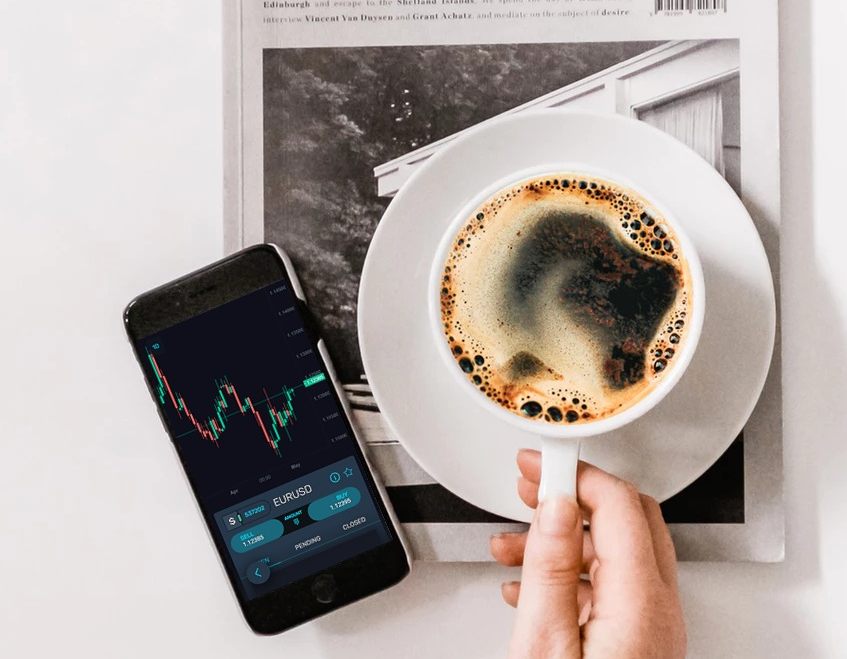What timeframe is the best for making trade and investment decisions?
Today we are going to discuss peculiarities of choosing an effective timeframe and how to build a trading plan based on it.

The main task of a trader is not only to choose the right trading system (TS) but also to determine the exact working timeframe (TF).
You should understand that the bigger the market participant is, the longer the timeframe he uses to work. This must be taken into account in the TS at the moment of setting a protective stop-order and determining take-profit. If a trader is looking for an entrance to m5, when a certain level is reached, a player from a longer timeframe can intercept the initiative and turn the deal against him and all other participants. Therefore, if you choose m5, it is more appropriate to set goals for the m5 timeframe, rather than, for example, for d1.
Several other factors influence the choice of the timeframe:
- Deposit size. A small deposit will not allow you to trade on the monthly chart because of the banal failure to comply with risk management, so the stop-loss on h4 will be much bigger than on the shorter TF;
- Time for market analysis and trade frequency. The trader should understand that the longer is the analyzed timeframe, the less often it is necessary to carry out a risk analysis. Respectively, the analysis should be done more often on short frames, and the deals themselves will be shorter in time;
- Trading strategy. The TS itself can be wired with different intervals and goals, everything depends on the preferences of the trader.
On the shorter frames, the intensity of trading is higher. Decisions here need to be made much faster and constantly monitor trading in the manually. In this regard, the emotional load grows, which often leads to additional nervous tension, wrong actions and, as a consequence, losses.
Emotional instability

Theoretically, trading on timeframes like m5-m15 is quite profitable, but in practice, everything looks quite different and a trader risks to easily get into the tilt.
High level of market noise, typical for short timeframes, significantly complicates the technical analysis of the situation. In this mode, there are many levels, the suitability of which can be distinguished only by a professional. A newbie will most likely get confused and will get another loss in the end. Ultimately, it will lead to either going around in circles or to large and constant losses and emotional instability.
The best variant is the synthesis of timeframes, and the priority given to the longer period, for example, h4, where the main constructions and drawings of all levels are made. When the price reaches these ranges, you need to switch, for example, to the period m15, to look for the necessary pattern for the input with a clear and small stop.
In this case, the trader uses levels and candlesticks from higher frames - these are more reliable ranges, which are better "tested". In this case, the input model itself should be looked for on the lower chart, because in any case, all reversals are generated from the smallest time intervals.
This will allow you to find potential reversal areas and catch this reversal in the beginning, not after the price has passed many points. Therefore, for successful trading, a trader needs to constantly swing between timeframes, which will allow to see the whole picture and avoid stupid mistakes such as buying at the upper extremes and selling at extremely low levels.
Tips

The final choice depends on money-management. You can rely only on statistics because 100% of profitable trading systems do not exist, so your task is also to adjust the timeframe selection to your own rules of capital management - and then everything will work out.
Here are some tips:
Small deposit = short timeframe.
If you have a deposit in the 5-10 thousand dollars range, there is no sense in trading at longer timeframes (h4-d1). On h4-d1 charts, stop-losses will be large and you can lose up to 20% of the deposit;
The shorter interval, the shorter deal.
The support and resistance levels on the m5 chart live for one day, 24 hours. At the shorter intervals, everything happens faster. Therefore, the position should not be kept open for more than 24 hours;
Consider your own psychological type.
If you overreact to the trading process, you will need an external risk manager, and it is better to trade only on short timeframes. If you have gone into the red, you observe a series of "drain" trades, and you want to win back the money as soon as possible, opening more and more new trades. This state is called the tilt. To avoid it, you need restrictions from external risk managers;
Clearly define your strategy.
Longer timeframes are suitable for medium-term trading. It is necessary to define the strategy and your type of trader. Either you will sit in deals for a week or a month, or you will trade at short intervals, collecting a small number of pips;
Enter trades at shorter levels. If your strategy is built on the search for global impulse levels, it is better to look for them on longer timeframes. In this case, the deals are entered at shorter timeframes.
Photo: Flickr